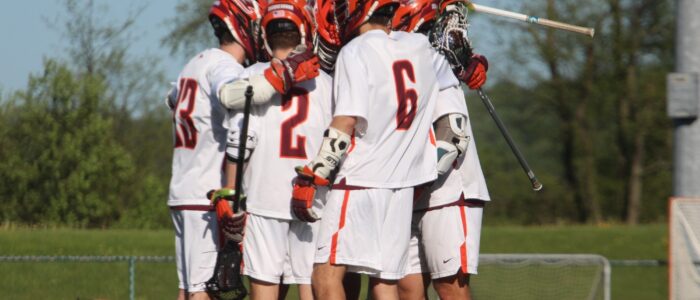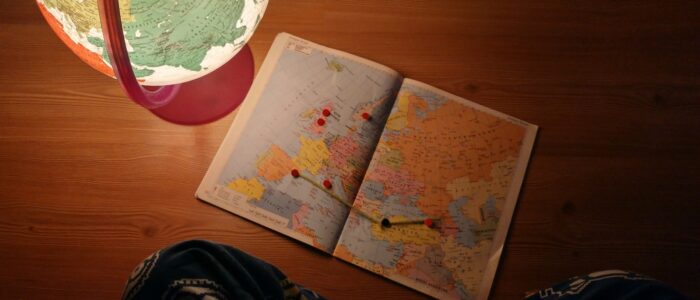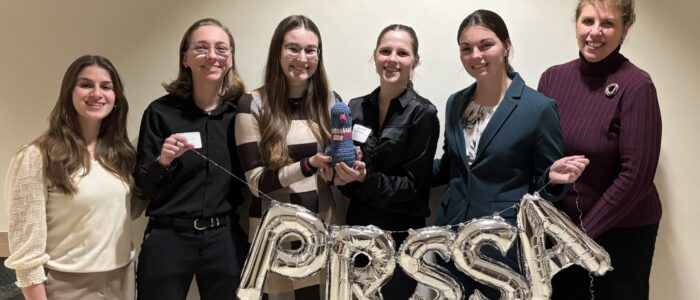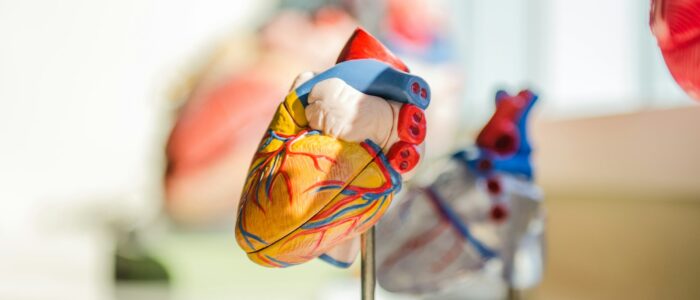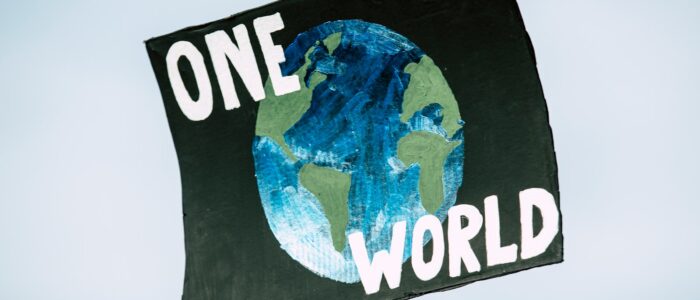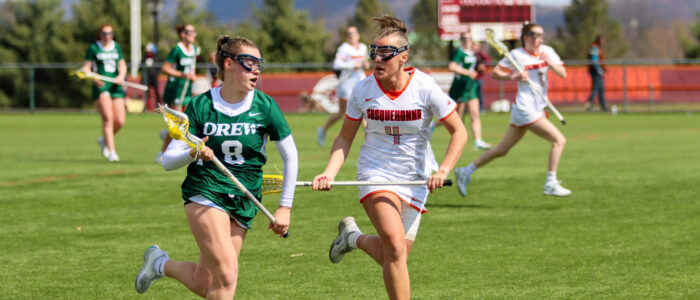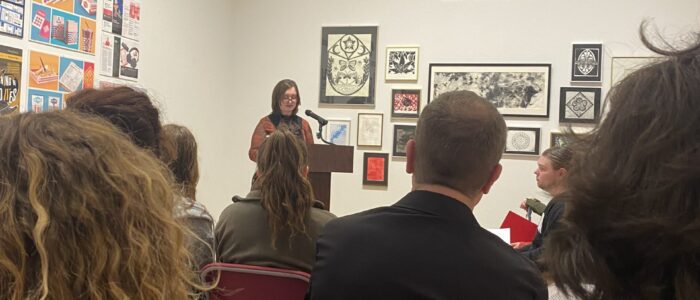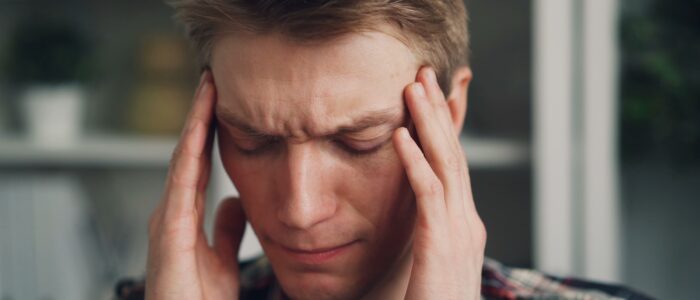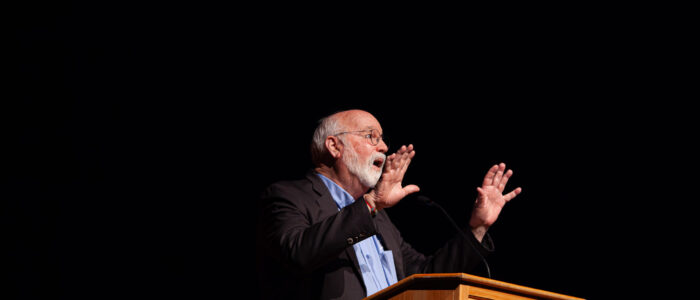By Grace Tesoro, Staff Writer
What happens when global warming hits its tipping point? This was a question posed during a lecture about ecosystem tipping points and the importance of working on sustainability hosted on Tuesday Oct. 23 in Stretansky Concert Hall.
Claritas Distinguished Speaker in the Sciences Series hosted Mary Lou Zeeman to present her talk titled “Understanding Tipping Points and Resilience for Sustainability.”
Zeeman is the R. Wells Johnson Professor of Mathematics at Bowdoin College in Maine. She has a focus in dynamical systems and their application to mathematical biology and sustainability.
During the lecture, Zeeman discussed how math can be applied to sustainability and how students can come from any major or background and can still help the planet.
Zeeman began her presentation by sharing the seventeen sustainable goals that the United Nations created. Ideals such as no poverty, gender equality, and quality education were on this list.
The specifically geared topic of conversation, was sustainability goal thirteen: climate action. “You can help the planet if you choose,” Zeeman said.
She explained the importance of interdisciplinary involvement when it comes to living in a more sustainable environment.
She also mentioned the importance of a teacher’s job.
“Teachers have to help students outgrow us,” Zeeman said. “We need to help them reach levels of interdisciplinary we have not reached.”
The lectured transitioned into discussion about the Intergovernmental Panel on Climate Change (IPCC) and their reports on climate change and its impact.
She stated that the reports are dense but immensely factual, and they come out every seven years.
A takeaway Zeeman wanted the audience to think about was a quote from prior IPCC reports. Specifically, the IPCC report from 2013, stating “Human influence on climate change is clear.”
Zeeman also highlighted the UN Paris Agreement in 2015, and how it stated that there should be a limit on temperature increase of two degrees Celsius.
The most recent IPCC report came out this October, stating that a one and a half degrees Celsius increase would be more beneficial for people and natural ecosystems.
Zeeman transitioned by emphasizing the fact that humans have control over how ecosystems change.
“The human value system is on top of all this science,” Zeeman said. “We control what kind of world we want to live in.”
Zeeman then discussed the definition of a tipping point. She told the audience to think of a kayak tipping over. She explained that the point just before the kayak flips upside down is a tipping point.
“The tipping point is the transition between one stable state into another stable state,” Zeeman said.
She also explained that tipping points occur in the environment and psychologically such as in moods and stress. She demonstrated the transition between two stable states using the ecosystem of a lake.
The ecosystem of a clear lake is exemplified when there is a smaller amount of phosphorous present, creating a more habitable body of water. The more phosphorous present in the lake the more algae will grow, making it difficult for sunlight to pass through. The lake would then become turbid and life will not be able to prosper.
Zeeman created mathematical formulas on the input and outputs of phosphorus to further demonstrate how a turbid and a clear water lake are both considered stable environments, and how the point between is the tipping point, which is unstable.
Sophomore Benjamin Horine, who attended the lecture, expressed why he thinks students should attend these discussions regarding sustainability: “The interdisciplinary aspect of it where students of all majors are able to dive into the understanding of what they’re doing in their subjects can help out everyone else.”




